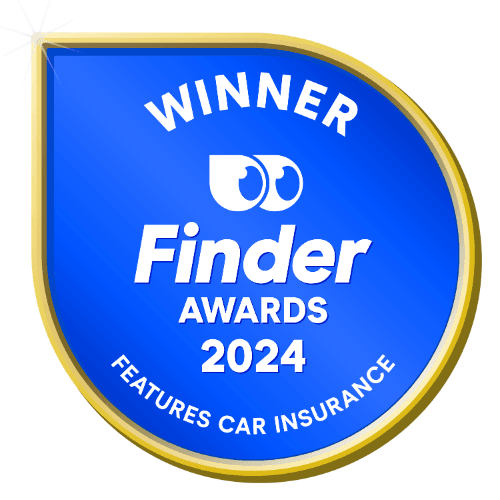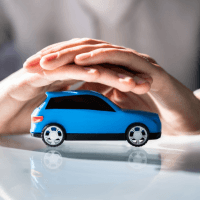
How Sarah saved $250 on her car insurance
"I recently went to renew my comprehensive car insurance policy when I noticed the cost had drastically increased from $598 to $800. I decided to compare some other options and now, we've found the same level of cover with a reputable and well-known insurer for just $550. That's $250 in savings!"





































